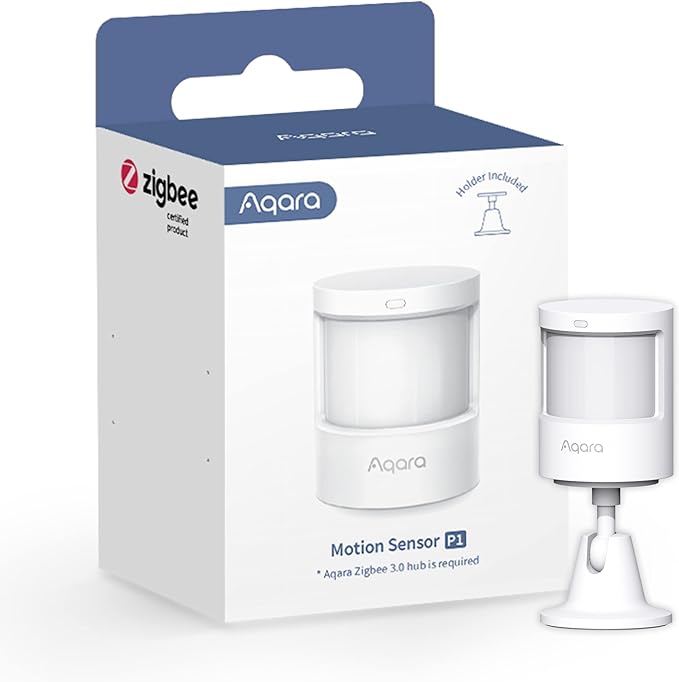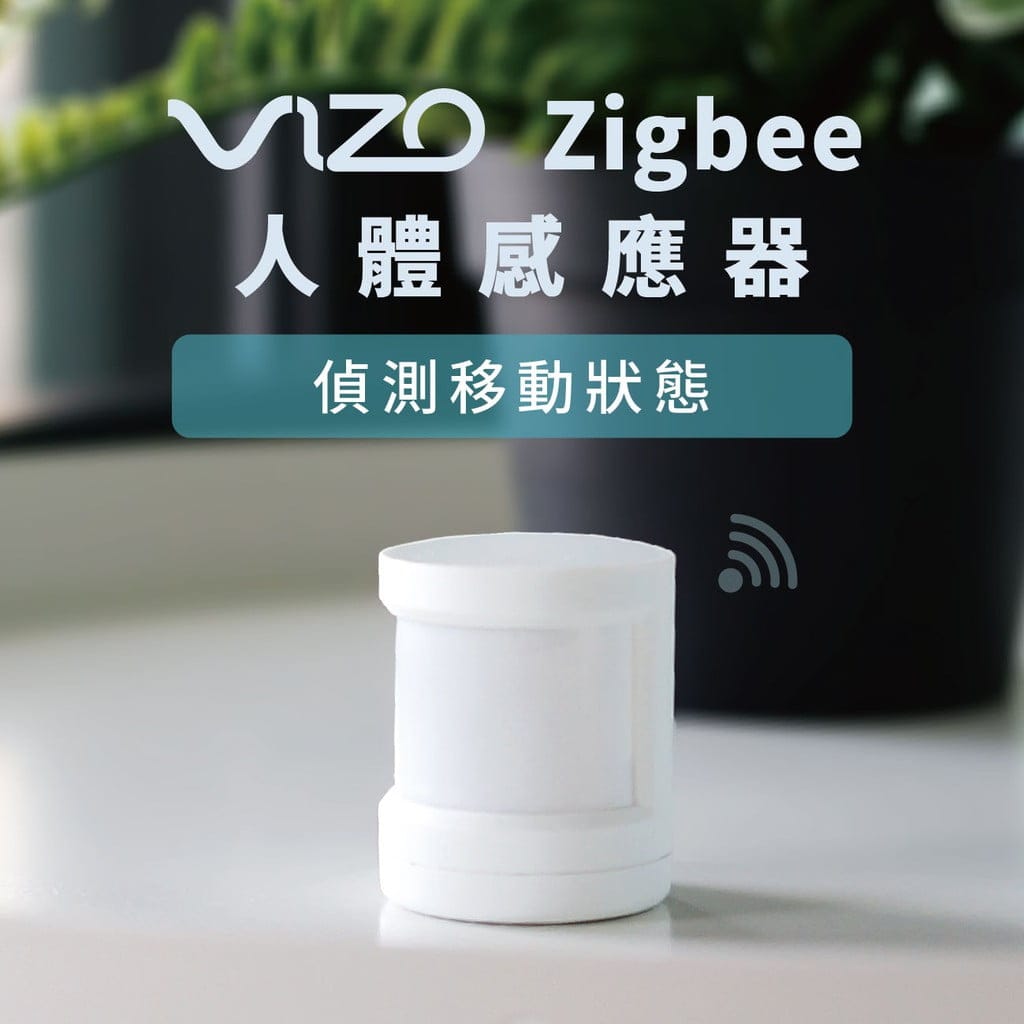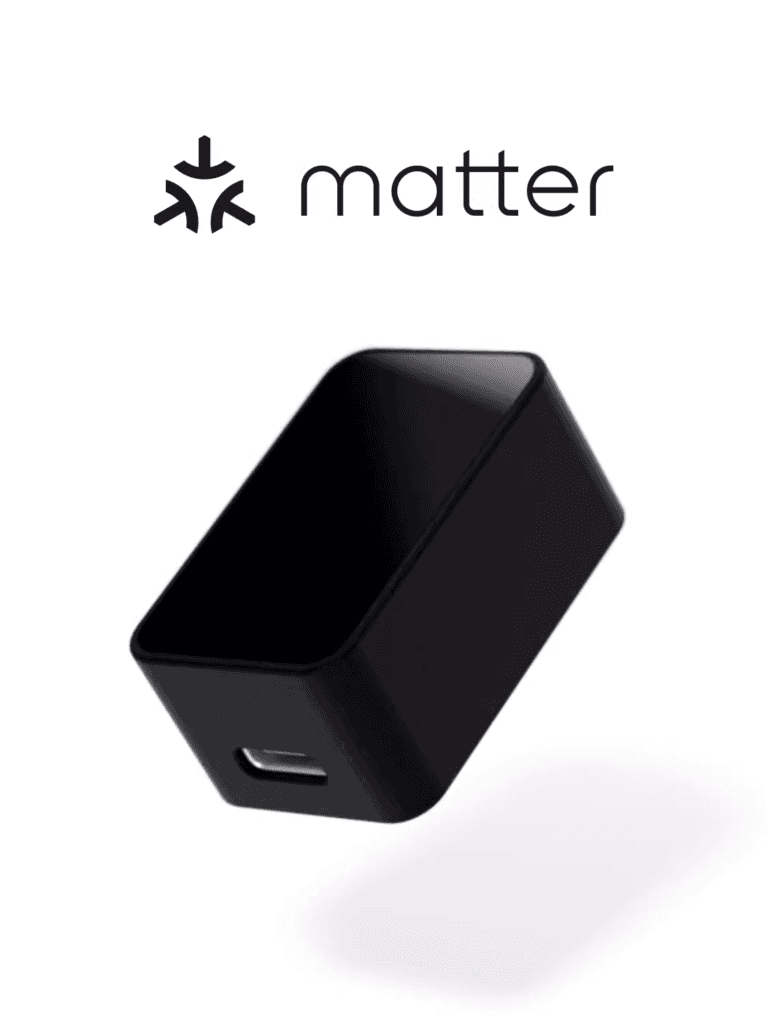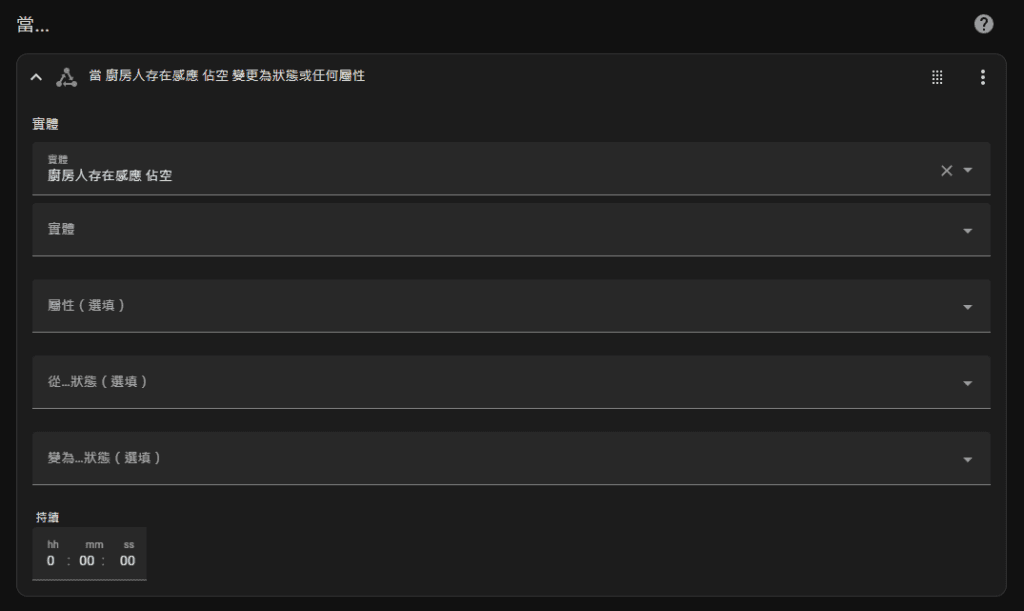The most sophisticated and dreamy thing about a smart home is "automation". Only situation settings and voice control cannot be called a true "smart home" 🤣. Please read this article for details:
Today I’m going back to the basics to show you how to “automatically turn lights on and off” in Home Assistant. I also recommend a few Matter, Zigbee body sensors and human presence sensors that I use myself.
If you are not familiar with the "three major elements of automation: Trigger, Condition, and Action", you can read this article first:
Table of contents
What human body sensors and human presence sensors do I use?
Regarding human body detection, I currently use several different sensors. Let’s go directly to the list:

Human movement sensor P1
- Brand: Aqara
- Connection method: Zigbee
- Features: In addition to human body sensing, there is also light sensing, which has a wider range of applications. I am currently using it to sense outdoor brightness to determine whether to automatically turn on the lights.
- Price: NT$990
- Purchase link:https://tinyurl.com/29q9numh

VIZO Zigbee human body sensor
- Brand: VIZO Yishuo Technology
- Connection method: Zigbee
- Price: NT$520
- Purchase link:https://tinyurl.com/25gs3bnz

Aqara FP1 human presence sensor
- Brand: Aqara
- Connection method: Zigbee
- Features: Sensitive detection
- Price: NT$1,223.13
- Purchase link:https://s.click.aliexpress.com/e/_DdEMUJj

JOSE Matter human presence sensor
- Brand: JOSE
- Connection method: Matter
- Features: High CP value and Matter connection👍
- Price: original price CNY¥ 198 / special price CNY¥ 168 (approximately NT$840)
- Purchase link:https://item.taobao.com/item.htm?_u=gqgm73v3944&id=745034656119&spm=a1z09.2.0.0.568e2e8dm9Z2Lw
How to choose human body and human presence sensors?
How to choose the connection method: Matter, Zigbee, Z-Wave, WiFi, Bluetooth?
If you are interested in the technical details of the connection method, you can search the information on Google. I will not explain specifically what "connection protocol", "standard", "network layer" and "application layer" are here (because I am not special about this part. Be professional, so you won’t mislead others🤣).
💡Choose Matter for the new cross-platform protocol💡
The current version of Home Assistant has native support for Matter devices. I recommend giving priority to Matter devices. What is troublesome at this stage is that there are relatively few choices of Matter devices and they are generally more expensive. The "JOSE Human Presence Sensor" mentioned above is what I Browsed through major e-commerce stores to find the products I recommend most.
💡At this stage, Zigbee is the most popular device choice💡
Zigbee is a long-established connection method for smart home devices. It is not just sensors, but also includes various smart home devices such as lamps, switches, sockets, etc. Various manufacturers have launched many products to choose from, whether it is topology or low power consumption. , stable connection... and other features are very suitable for smart home environments. If you want to use a communication method to connect the smart devices of the whole family, choose Zigbee at this stage!
🤔If you have special emotions, choose Z-Wave🤔
Z-Wave's topology, low power consumption... and other features are all available in Zigbee devices, but the selection of Z-Wave devices is relatively limited, so unless you have special feelings for Z-Wave, don't touch Z-Wave!
⚠️Don’t choose WiFi unless you have a great router⚠️
There are many WiFi smart home devices on the market, but it is recommended to first have a set of routers with a large number of simultaneous connections and stable connections, and then consider WiFi devices. If your home only uses ordinary routers provided by general telecommunications providers, then the smart home device will Use as few WiFi connected devices as possible.
⛔Don't choose Bluetooth if you have nothing to do⛔
Bluetooth is the least recommended smart home connection method. Anyone who has used Bluetooth headsets or keyboards and mice will surely know that Bluetooth devices have short connection distances and high power consumption. It is sincerely recommended that you try not to choose Bluetooth connected smart home devices.
What is the difference between human body sensor and human presence sensor? How to choose between different situations?
To put it simply, the "human presence sensor" is less sensitive, while the "human presence sensor" is more sensitive, but of course this is also reflected in the price. I will choose according to different situations, but if you are not price sensitive, then Just choose "Human Presence Sensor" first.
- Use the "Human Sensor" for the Passby situation: If you want to detect a situation where someone is "passing", such as when someone walks through the corridor, then using the "Human Sensor" is very suitable and sufficient.
- Use "occupancy sensor" in Occupancy situation: If you want to detect whether someone is "occupied" in the environment, it is more suitable to use "occupancy sensor", especially in toilets and kitchens. You don't want to squat on the toilet. The lights were turned off halfway through, right? 🤣
How to set the lights to turn on and off automatically in Home Assistant?
Automation tool selection
There are two main streams for setting up automation in Home Assistant:
- Native automation tools:
- Advantages: It comes natively and does not require additional installation of plug-in, which is especially suitable for native control. Official updates will also improve functions from time to time.
- Disadvantages: There is no visual interface, which is more difficult for people who need to think visually.
- Node-RED
- Advantages: The visual interface setting is more intuitive. If you set a lot of complex automation, the entire page will look very powerful. Showing off to friends can satisfy your vanity (mistake) 🤣
- Disadvantages: I have used it myself and found that there are quite a few settings that require more time to get familiar with, and are slightly less intuitive (for me) than the native settings.
Obviously, I now use Home Assistant’s native automation tools. If you are interested in Node-RED, you can Google it and learn about it! However, the ideas for automated settings are similar. You can also refer to the following sharing of automated settings!
Use presence sensors in the kitchen to determine if someone turns on the lights and no one turns them off
The settings for using the human presence sensor are relatively simple. You only need to trigger the switch when the occupation status of the human presence sensor changes!
Trigger (Trigger, in the HA Chinese interface is written "when...")
Select "Entity > State" as the trigger type, and then select your human presence sensor. The meaning of this trigger is: start this automation when the human presence sensor detects a change in state.

Action (Action, in the HA Chinese interface is written "then execute")
For the action type, select "Component > Selection":
- The first setting is to turn on the light when "occupancy of the human presence sensor is on (occupancy)"
- The second setting is to turn off the light when "occupancy of the human presence sensor is off (safe)"

Use human body sensors in toilets to determine if someone turns on the lights and no one turns off the lights
Although it was said before that it is best to use human presence sensors in toilets, my guest toilet is still using human body sensors because the usage rate is not high🤣
So in order to avoid turning off the lights when squatting on the toilet as much as possible, I made a more complicated setting. The effect is okay (it is less likely that the lights will be turned off when squatting on the toilet), but it is not perfect yet. If friends have more Please feel free to give me advice on good practices!
Trigger (Trigger, in the HA Chinese interface is written "when...")
For the first Trigger trigger type, select "Entity > State", and then select your human sensor.
For the second Trigger, select "Device" as the trigger type, and select the switch or light bulb that controls the light. Here, set "on" and "last for 2 minutes". This is to start the automation to check the current situation when the light has been on for 2 minutes. Is there anyone else in the space?

Action (Action, in the HA Chinese interface is written "then execute")
For the action type, select "Component > Selection":
- Turn on the light when the first setting is "human sensor occupation is on (triggered)"
- The second setting is to turn off the light when "occupancy of the human presence sensor is off (safe)" and "the light has been on for 2 minutes"
☝️The setting "Lights have been on for 2 minutes" is the key to avoid having the lights turned off while squatting in the toilet!

So the above is the sharing of using human body sensor and human presence sensor to automatically turn on and off the lights! Hope this helps everyone! If you have any questions or communication, please leave a message to me!

I would like to ask, if Aqara FP1 is used with z2m, can it be connected to ha?
Hi chun, Aqara FP1 has no problem joining Z2M.
Hi Neil
Is the JOSE Matter human presence sensor connected to HA through the Z2M gateway? Or through other gateways?
I would like to ask if the Z2M gateway is installed on a Raspberry Pi and placed next to the dining table. Is the signal coverage sufficient, especially on the balcony and bathroom? Is it necessary to install more than two Z2M gateways?
Hi Ben Ben,
1. JOSE Matter human presence sensor directly connects to HA through Matter without going through a gateway
2. Regarding Z2M gateway configuration: Zigbee itself has mesh topology characteristics. Most Zigbee devices that are always powered on (plugged in) can be Routers (signal relays) in the Zigbee network, so if most of your homes use For Zigbee devices, you don’t have to worry about gateway coverage. In most cases, one is enough, unless your home is so big that there are too many devices for one gateway to handle.
Hi Neil
1. I would like to ask for further advice. I searched online and found that Matter is not a wireless communication protocol and still requires the use of wireless hardware technology. Therefore, the JOSE Matter human presence sensor directly connects to the HA through Matter. It should still need to pass through Wifi, Zigbee or Thread wireless communication protocol, I guess it uses Wifi.
2. I saw your video and wanted to install something in vain. Is it necessary to set up a UniFi family bucket? This equipment is also quite expensive.
Thank you very much Neil for his systematic organization and selfless response. It is really the driftwood of the HA system.
Hi Ben Ben,
1. It should be through WiFi, yes, but I don’t have an IT background, so I’m not sure about the technical details.
2. The WiFi equipment mainly depends on the layout of the home. My house is about 30 square meters with 3 rooms and a rectangular layout. I can cover the whole house with WiFi with just one router (of course it is a mid-to-high-end model at the time). If your house is not particularly big, In fact, you don’t necessarily need UniFi or Mesh WiFi, you can save some money
It’s hard to find the setup and installation instructions for Jose Matter. How do I set it up if I want to directly join HomeKit?
Hi Ken, you may have to ask the official customer service directly. I’m not sure if Jose supports HomeKit.
Hello, may I ask if I have a JOSE Matter human presence sensor in the bathroom?
But when I turn on the heater, there will be misjudgment,
I don't know if you have any way to avoid it?
The heater does cause the sensor to misjudge. The situation at my home is the same. You can try adjusting the sensor detection angle to see if you can avoid the heater.
I understand. Then you have to think about it. Because it is installed after the installation, there will be electrical problems.
Hi~ Brother Neil,
I saw the JOSE Matter human presence sensor in your kitchen from a YouTube video. I would like to ask how big is your kitchen? I can't find the sensing range of this one.
Thank you~
Hi Claire,
275cm x 368cm, aisle 135×368
I placed the human presence sensor at the end of the kitchen, and it is 368cm from the door.
For your reference~
Received~~~Thank you!!! I want to buy one and play with it first XD